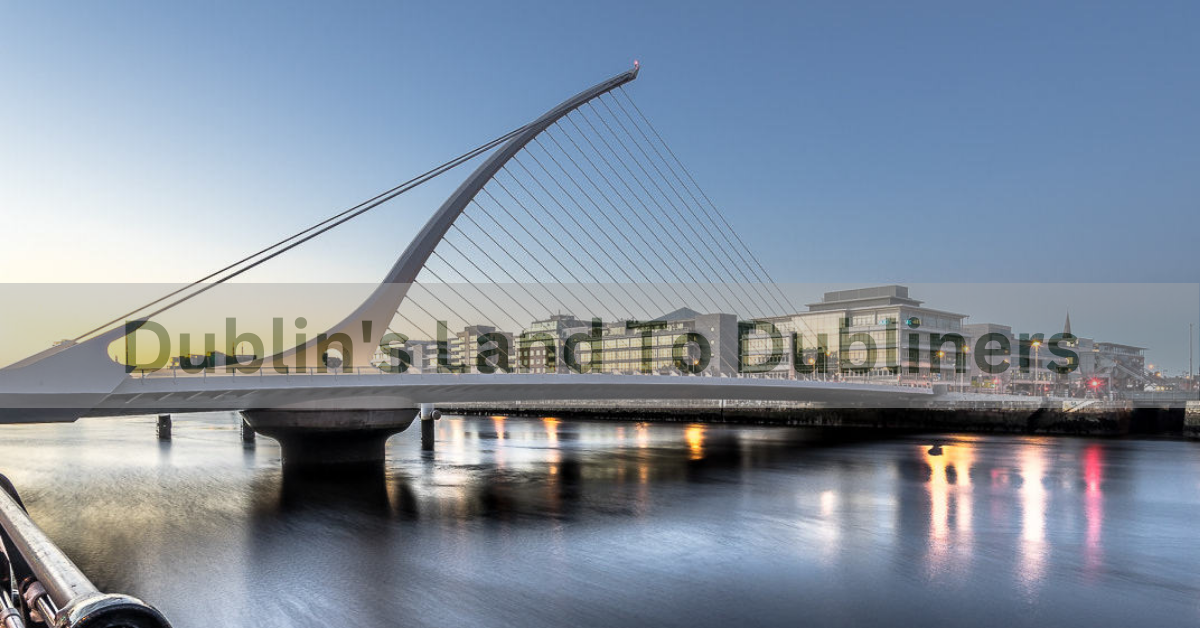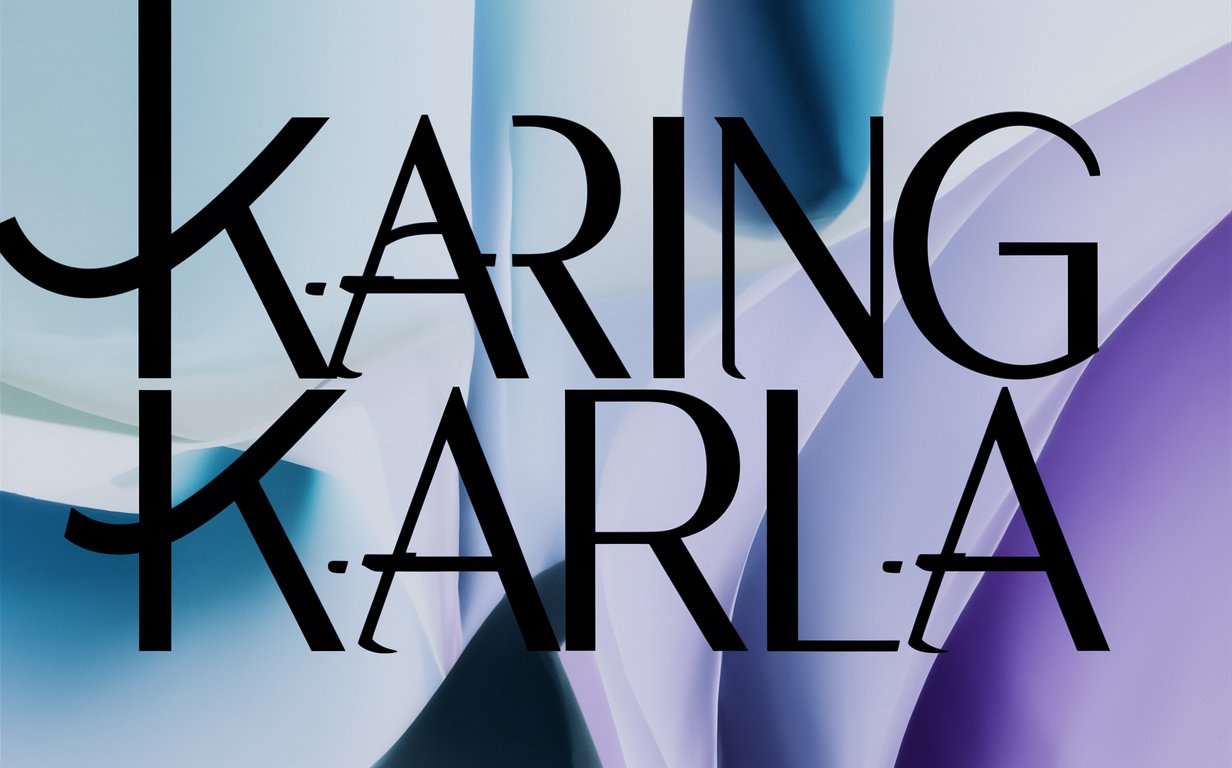Finding ways to make our city more livable and vibrant can feel like a daunting task, can’t it? I used to think the same until I stumbled upon the “Dublin’s Land to Dubliners” initiative. This project is truly transforming how we use our urban spaces, making Dublin an even better place to live.
“Dublin’s Land to Dubliners” is a project that aims to make Dublin better for the people who live there. It focuses on creating homes that people can afford, making public spaces nicer, caring about the environment, and letting the community help decide how the city grows.
In this article, I’ll share how this initiative is addressing housing shortages, creating beautiful public spaces, and promoting sustainability. Plus, I’ll give you a sneak peek into how you can get involved and make a difference in our community.
Table of Contents
Understanding Dublin’s Land to Dubliners Initiative:
What is Dublin’s Land to Dubliners?
“Dublin’s Land to Dubliners” is a conceptual project focused on the redistribution and optimization of urban spaces within Dublin. The core idea is to ensure that land within the city is utilized in a manner that directly benefits the residents, fostering a sense of ownership and community. This initiative aims to tackle issues such as housing shortages, public space allocation, and sustainable urban development.
Objectives of the Initiative
The primary objectives of the “Dublin’s Land to Dubliners” initiative include:
- Addressing the housing crisis by repurposing underutilized land for residential projects.
- Creating and enhancing public spaces for recreational and community activities.
- Promoting environmentally friendly practices in urban planning and development.
- Encouraging active participation from residents in decision-making processes related to land use.
Key Components of the Initiative – Addressing Housing, Public Spaces, and Sustainability!
- Building Homes: Dublin needs more affordable housing. The “Dublin’s Land to Dubliners” plan will find unused land and turn it into new homes. This includes building new houses and fixing up old ones, making sure people of all incomes can find a place to live.
- Creating Public Spaces: Places like parks and gardens are important for bringing people together. This plan focuses on making parks, playgrounds, and gardens where everyone can relax and have fun. These spaces will be safe, and welcoming, and help build a strong community.
- Sustainable Development: Dublin wants to grow in a way that protects the environment. The plan promotes eco-friendly buildings, saving energy, and adding green spaces in the city. This helps make Dublin a better place to live.
- Community Participation: People in Dublin should have a say in how their city grows. This means listening to residents’ ideas, having meetings, and getting feedback. By involving everyone, the plan hopes to make people feel more connected and responsible for their city.
Benefits for the Residents – Explore how Dublin is creating new homes!
The development of new housing units and the renovation of existing properties will help alleviate the housing crisis in Dublin. This initiative aims to provide affordable housing options for various income levels, ensuring that more Dubliners have access to safe and comfortable living conditions.
With the creation of more public spaces, residents will have increased opportunities for outdoor activities and community engagement. These areas will serve as hubs for social interaction, physical activity, and cultural events, contributing to a higher quality of life.
By focusing on sustainable development, the initiative aims to reduce the environmental impact of urbanization. Green spaces, energy-efficient buildings, and eco-friendly practices will help create a more sustainable urban environment, benefiting both current and future generations.
Economic Impact:
The “Dublin’s Land to Dubliners” initiative is also expected to have a positive economic impact. Construction and development projects will create jobs, stimulate local businesses, and attract investment. Moreover, improved housing and public spaces can enhance property values and contribute to the overall economic vitality of the city.
Navigating Challenges in Implementing Dublin’s Land to Dubliners Initiative:
Implementing the “Dublin’s Land to Dubliners” initiative faces several key challenges that need careful planning:
- Land Availability and Cost: Finding affordable land within Dublin is difficult due to high demand. Negotiating with private owners is necessary.
- Planning and Regulations: Dublin’s strict zoning rules affect how land can be used. Aligning with these while developing housing and public spaces requires expertise.
- Community Engagement: Local residents and businesses may oppose changes. Early engagement and addressing concerns openly are crucial.
- Funding: Securing funds for housing, public spaces, and sustainability efforts is essential for success.
- Infrastructure Needs: Developing new housing requires supporting infrastructure like transport and utilities.
- Sustainability: Balancing development with environmental impact is key. Managing green spaces and reducing carbon footprints are ongoing challenges.
- Political Support: Political backing and administrative coordination are vital for overcoming bureaucratic hurdles.
Addressing these challenges holistically will help make Dublin more inclusive, sustainable, and livable for its residents through this initiative.
The Timeline For The Project And How Long It Might Take To See Results:
The “Dublin’s Land to Dubliners” project has several stages. First, there’s planning and approval, which involves studying if the project is possible, getting the right permits, and deciding what exactly the project will include. This phase can take from a few months to a few years, depending on how complicated the project is and what rules need to be followed.
After planning, the project starts happening. This part is called the implementation phase. It includes building things like houses and improving infrastructure. This phase can last anywhere from a few years to over ten years, depending on how big the project is and how much money is available.
As parts of the project get finished, you’ll start to see changes like new homes, new public places, and better infrastructure. But it might take many years to see all the benefits of the project.
Throughout the whole process, it’s important to keep talking with the community and getting their feedback. This helps make sure the project meets what people in the area really need and want.
For the most up-to-date information and a clearer timeline, people interested in the project should check official city plans, announcements from local leaders, or join community meetings about the project.
Frequently Asked Questions:
1. What is the main goal of Dublin’s Land to Dubliners initiative?
The primary goal of the initiative is to optimize the use of urban land in Dublin to directly benefit the residents, focusing on housing development, public space creation, sustainable practices, and community involvement.
2. How does the initiative address the housing crisis in Dublin?
The initiative addresses the housing crisis by identifying and repurposing underutilized land for residential development, building new homes, and renovating existing structures to provide affordable housing options for various income levels.
3. What kind of public spaces will be created under this initiative?
The initiative aims to create a variety of public spaces, including parks, playgrounds, community gardens, and recreational areas. These spaces are designed to be safe, inclusive, and accessible to all residents.
4. How will the initiative promote sustainability in urban development?
Sustainability is promoted through green building practices, energy efficiency, and the integration of green spaces within urban environments. The initiative focuses on reducing the environmental impact of urbanization and creating a more sustainable city.
5. How can residents get involved in the initiative?
Residents can get involved through public consultations, community meetings, and other forums where they can contribute ideas and feedback. The initiative emphasizes active community participation in decision-making processes related to land use.
6. What economic benefits are expected from the initiative?
The initiative is expected to create jobs, stimulate local businesses, attract investment, and enhance property values. Improved housing and public spaces can contribute to the overall economic vitality of Dublin.
Conclusion:
“Dublin’s Land to Dubliners” is a modern way to improve the city, making sure residents come first. It focuses on housing, public spaces, sustainability, and involving the community.
This project aims to make Dublin a better place to live, with input from the people who live there shaping its future.



